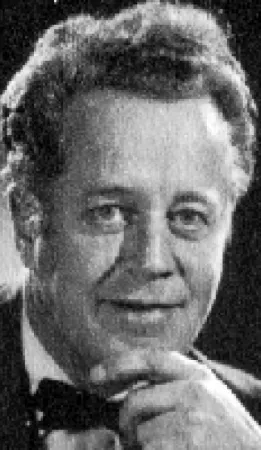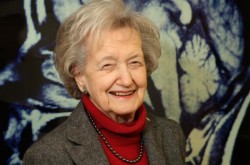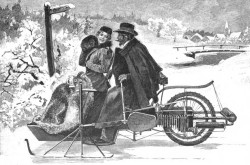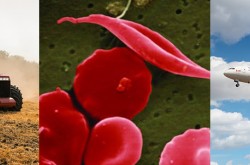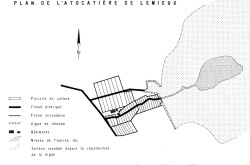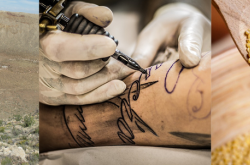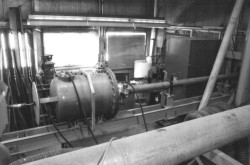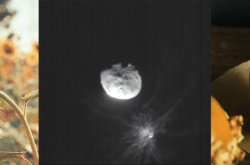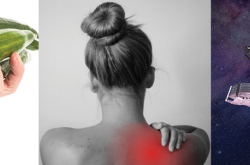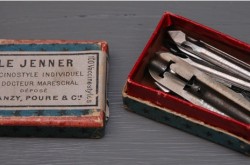Saving Millions of Lives, Long After His Passing
This article was originally written and submitted as part of a Canada 150 Project, the Innovation Storybook, to crowdsource stories of Canadian innovation with partners across Canada. The content has since been migrated to Ingenium’s Channel, a digital hub featuring curated content related to science, technology and innovation.
Early treatments of the AIDS virus caused debilitating side-effects in patients. In the mid-1980s the need for an alternative that was easier on patients’ bodies was urgent, and McGill University chemistry professor Dr. Bernard Belleau, along with his colleagues Francesco Bellini and Gervais Dionne, were hard at work on one. Not long before Dr. Belleau’s death in 1989, the team developed 3TC or Lamivudine, which has since been credited with saving the lives of some 2 million people worldwide. Today, the World Health Organization lists Lamivudine among its Essential Medicines.



